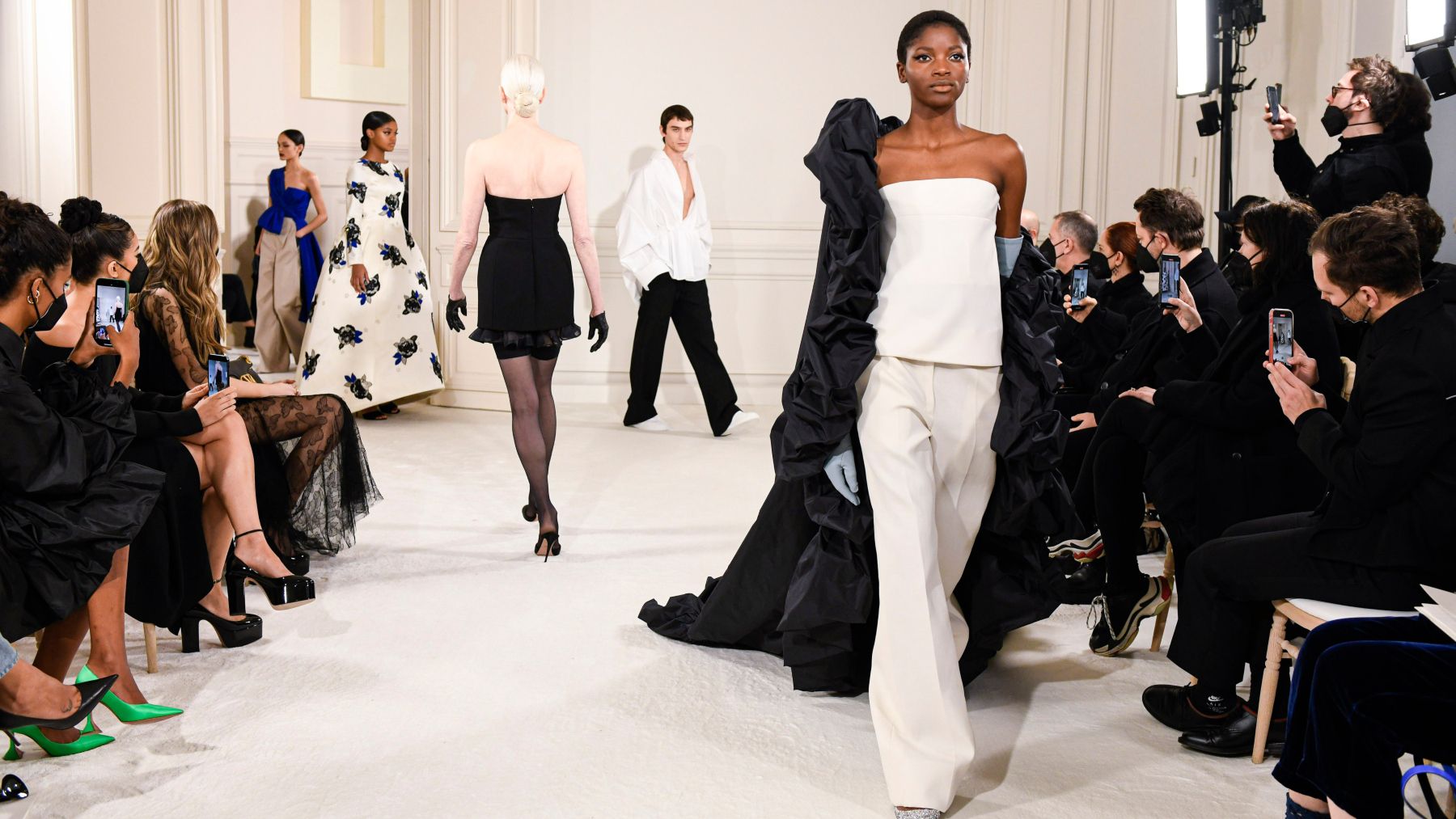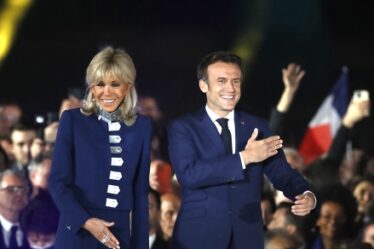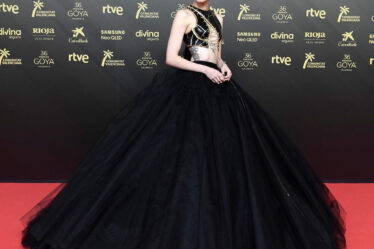
International Audiences Return to Haute Couture
- Paris Haute Couture week begins Monday
- It will be the first edition with a significant quotient of international collectors and press in over two years
- Margiela, Balenciaga and Valentino are among the most hotly anticipated shows
Paris Haute Couture week is back, and hopefully with a bang after recent seasons were scuttled or scaled back due to pandemic restrictions. (January and last July’s editions took place in-person, but with small audiences of mostly local guests.) Couture represents the very top of the industry’s pyramid and free of budgetary constraints other categories are subject to. While prices are usually kept secret, $50,000-plus garments would be the entry point at some houses, and some gowns are priced over $1 million. Designing with no target prices or requirements for mass production makes couture an opportunity for innovation and eye-catching spectacle, one famously seized by the likes of John Galliano during his time at Dior, or more recently by Schiaparelli’s designer Daniel Roseberry.
Still, recent seasons have seen some designers’ shift their focus to more wearable — and sellable — couture, with the likes of Dior’s Maria Grazia Chiuri and Chanel’s Virginie Viard creating clothes aimed at the clients who might actually wear them rather than creating over-the-top items that will get attention on social media. This go round, hotly anticipated shows including Demna’s second haute couture collection at Balenciaga (which revived the long-dormant line last year) and Maison Margiela by John Galliano, as fashion’s most iconic showman will stage his first in-person event show in over two years.
The Bottom Line: This season, brands will try to strike a balance between offering real, beautiful clothes for collectors who are finally returning from around the world, and creating really memorable images to win visibility online — a race that remains, for now, an imperative for designers.
A Weakened Economy
- Eurostat, the statistical office of European nations, will release retail sales numbers for the month of May on July 6
- As inflation continues to rise, consumer spending in Europe has already begun to slip
- An uncertain economy hasn’t yet affected the luxury sector and will likely have a greater impact on middle-market retailers
The economy is decelerating. Across the world, the cost of living has skyrocketed in recent months and investors are wary of a possible imminent recession. In the US and Europe, retail sales have already slowed after a blockbuster 2021. In April, retail sales in the euro zone slipped 1.3 percent compared to March, while May retail sales in the US dropped 0.3 percent since April. Wednesday’s results will likely show more of the same.
In the case of a global recession, the luxury sector will likely be unscathed. The luxury goods market reached €288 billion in value in the first quarter of 2022, marking a 7 percent increase compared to the same period in 2019, according to Bain. But as middle-class consumers are squeezed by surging inflation, mass apparel retailers will be far less resilient.
Still, fashion companies across the spectrum may have more to gain from pent-up demand, as consumers continue their return to normalcy after more than two years of living in the pandemic. Retail sales performance in the coming months will indicate just how long the streak will last.
The Bottom Line: Retailers must monitor the economy closely, and prepare for the worst in order to survive.
The Week Ahead wants to hear from you! Send tips, suggestions, complaints and compliments to brian.baskin@businessoffashion.com.
Join BoF Professional to get access to the exclusive insight and analysis that keeps you ahead of the competition. Subscribe to BoF Professional here.



